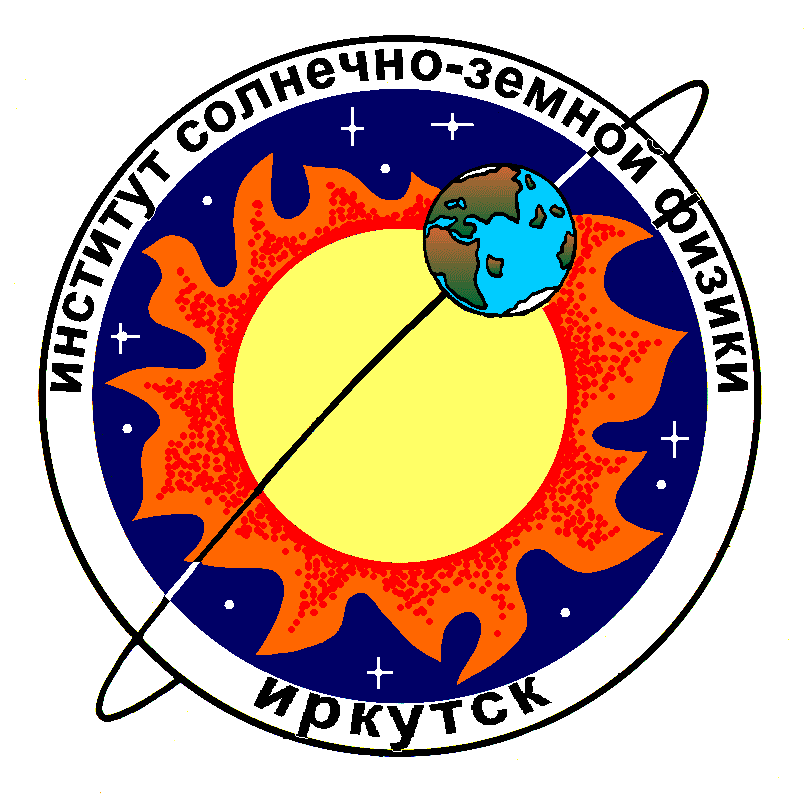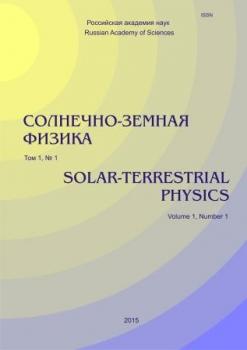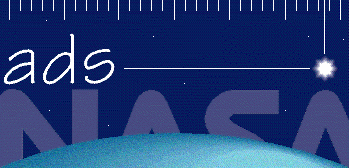Moscow, Troitsk, Russian Federation
Moscow, Troitsk, Russian Federation
Since the discovery of the phenomenon of abnormal cooling and sinking of the middle and upper atmosphere in 1993–1998, two concepts have developed which explain its origin by man-made processes. Both focus on different consequences arising from one common cause — the burning of carbon fuels on an industrial scale. The first concept is based on the hypothesis about the key role of the decrease in oxygen content in the atmosphere in this process. The second model, which emerged a little later, attributes the observed effects to the growth of greenhouse gases in the atmosphere, primarily CO2. Over the years, numerous attempts have been made to confirm the assumption of the dominance of the second mechanism in the excitation of the long-term trend of the climate of the middle and upper atmosphere. However, all of them turned out to be futile. At the same time, today, firstly, the validity of the first proposed hypothesis is justified which recognizes the leading role of oxygen in climate change in the upper atmosphere, and secondly, errors that cause the erroneous rejection of this conclusion are revealed. It becomes obvious that man-made processes affecting the atmosphere lead to two multidirectional phenomena: a) global warming of the troposphere; b) global cooling of the thermosphere: an extreme increase in the mass of CO2 heats the lower layers of the atmosphere, and its upper layers are cooled even by an inconspicuous decrease in part of O2 relative to the total mass. Since nothing indicates a decline in the man-made activity of the world civilization in the coming years, in order to adequately predict the consequences of an increase in atmospheric pollution the effect of a decrease in oxygen content on the state of near-Earth outer space should probably be taken into account.
oxygen, carbon dioxide, long-term trends, global cooling, global warming, meso-thermosphere, ionosphere
1. Alpert J.L. Propagation of electromagnetic waves and the ionosphere. Moscow, Nauka Publ., 1972, 564 p.
2. Brasseur G.P., Solomon S. Aeronomy of the Middle Atmosphere. Springer, 1986, 452 p.
3. Danilov A.D. Long-period variations in temperature and composition of the mesosphere and thermosphere (Review). Geomagnetism and Aeronomy. 1997, vol. 37, no. 2, pp. 1–17.
4. Danilov A.D. Long-term trends in the upper atmosphere and ionosphere (a review). Geomagnetism and Aeronomy. 2012, vol. 52, no. 3, pp. 271–291. DOI:https://doi.org/10.1134/S0016793212030036.
5. Danilov A.D., Smirnova N.V. Long-term trends in ion composition in the E region. Geomagnetizm i aeronomiya [Geomagnetism and Aeronomy]. 1997, vol. 37, no. 4, p. 43. (In Russian).
6. Danilov A.D., Smirnova N.V. Long-term trends in electron concentration in the D region: experimental data. Geomagnetizm i aeronomiya [Geomagnetism and Aeronomy]. 1999, vol. 39, no. 2, pp. 107–112. (In Russian).
7. Danilov A.D., Konstantinova A.V. Long-term variations of the parameters of the middle and upper atmosphere and ionosphere (Review). Geomagnetism and Aeronomy. 2020, vol. 60, no. 4, pp. 397–420. DOI:https://doi.org/10.1134/S0016793220040040.
8. Danilov A.D., Semenov V.K., Simonov A.G. Model of relative ion composition at altitudes of 60–200 km. Ionosfernye issledovaniay [Ionospheric Research]. 1981, vol. 34, pp. 73–97. (In Russian).
9. Emmert J.T., Drob D.P., Picone J.M., Siskind D.E., Jones M., Jr., Mlynczak M.G., et al. NRLMSIS 2.0: A whole-atmosphere empirical model of temperature and neutral species densities. Earth and Space Science. 2020, vol. 8, no. 3, e2020EA001321. DOI:https://doi.org/10.1029/2020EA00132.
10. Givishvili G.V., Golitsyn G.S. About the International workshop “Cooling and subsidence of the middle and upper atmosphere” (Moscow, July 6–10, 1998). Geomagnetizm i aeronomiya [Geomagnetism and Aeronomy]. 1999, vol. 39, no. 3, pp. 139–144. (In Russian).
11. Givishvili G.V., Leshchenko L.N. D region depletions about the Persian Gulf. J. Atmos. Terr. Phys. 1993a, vol. 55, no. 1, pp. 125–128.
12. Givishvili G.V., Leshchenko L.N. Long-term trends in the properties of the ionosphere and thermosphere of the middle latitudes. Doklady Akademii Nauk. 1993b, vol. 333, no. 1, pp. 86–89. (In Russian).
13. Givishvili G.V., Leshchenko L.N. Possible evidence of the presence of man-made effects on the mid-latitude ionosphere. Doklady Akademii Nauk. 1994, vol. 334, no. 2, pp. 213–214. (In Russian).
14. Givishvili G.V., Leshchenko L.N. Dynamics of the climatic trend of the mid-latitude region E of the ionosphere. Geomagnetizm i aeronomiya [Geomagnetism and Aeronomy]. 1995, vol. 35, no. 3, pp. 166–174. (In Russian).
15. Givishvili G.V., Leshchenko L.N. Dependence of the [NO+]/[O2+] ratio in the ionosphere layer E on solar activity. Solnechno-zemnaya fizika [Solar-Terrestrial Physics]. 2009, iss. 14 (127), pp. 93–96. (In Russian).
16. Givishvili G.V., Leshchenko L.N. The long-term trend of the reaction of the E-layer of the ionosphere to solar flares. Solar-Terrestrial Physics. 2022a, vol. 8, no. 1, pp. 51–57. DOI:https://doi.org/10.12737/stp-81202206.
17. Givishvili G.V., Leshchenko L.N. On the causes of cooling and subsidence of the middle and upper atmosphere. Izvestiya RAS. Physics of the atmosphere and ocean. 2022b, vol. 58, no. 5, pp. 601–614.
18. Givishvili G.V., Shubin V.N. Long-term variations of atomic oxygen content in the upper atmosphere. Geomagnetizm i aeronomiya [Geomagnetism and Aeronomy]. 1994, vol. 34, no. 4, pp. 169–173. (In Russian).
19. Givishvili G.V., Ivanov-Kholodny G.S., Leshchenko L.N., Tchertoprud V.E. Solar flares and the gas composition of the upper atmosphere. Geomagnetizm i aeronomiya [Geomagnetism and Aeronomy]. 2005, vol. 45, no. 2, pp. 263–267. (In Russian).
20. Ivanov-Kholodny G.S., Firsov V.V. Spectrum of short-wave solar radiation at various levels of activity. Geomagnetizm i aeronomiya [Geomagnetism and Aeronomy]. 1974, vol. 14, no. 3, pp. 393–398. (In Russian).
21. Ivanov-Kholodny G.S., Mikhailov A.V. Forecasting the state of the ionosphere (deterministic approach). Leningrad, Gidrometizdat Publ., 1980, 190 p. (In Russian).
22. Ivanov-Kholodny G.S., Nusinov A.A. Formation and dynamics of daytime the mid-latitude layer E of the ionosphere. Proc. Institute of Applied Geophysics. Moscow, Goskomgidromet Publ., 1979, iss. 37, 129 p. (In Russian).
23. Ivanov-Kholodny G.S., Leshchenko L.N., Odintsova I.N. The ratio of X-ray and ultraviolet radiation from solar flares in the ionization of the E-region of the ionosphere.Geomagnetizm i aeronomiya [Geomagnetism and Aeronomy]. 1976, vol. 16, no. 2, pp. 246–250. (In Russian).
24. Ivanov-Kholodny G.S., Leshchenko L.N., Nusinov A.A., Odintsovo I.N. The influence of seasonal variations of the neutral atmosphere on the ionization of the E-region of the ionosphere. Geomagnetism and Aeronomy. 1977, vol. 17, no. 5, pp. 839–846. (In Russian).
25. Koshelev V.V., Klimov N.N., Sutyrin N.A. Aeronomy of the mesosphere and lower thermosphere. Moscow, Nauka Publ., 1983, 183 p. (In Russian).
26. Laštovička J., Akmaev R.A., Beig G., Bremer J., Emmert J.T., Jacobi C., et al. Emerging pattern of global change in the upper atmosphere and ionosphere. Ann. Geophys. 2008, vol. 26, no. 5, pp. 1255–1268. DOI:https://doi.org/10.5194/angeo-26-1255-2008.
27. Mehr F.J., Biondi M.A. Electron temperature dependence and recombination of O2+ and NO+ ions with electrons. Phys. Rev. 1969, vol. 181, no. 1, pp. 264–269. DOI: 10.1103/ PhysRev.181.264.
28. Pokhunkov A.A., Rybin V.V., Tulinov G.F. The trend of atomic oxygen in the thermosphere of middle and equatorial latitudes. Geomagnetizm i aeronomiya [Geomagnetism and Aeronomy]. 2003a, vol. 43, no. 5, pp. 688–696. (In Russian).
29. Rishbeth H. A greenhouse effect in the ionosphere? Planet. Space Sci. 1990, vol. 38, pp. 945–948. DOI:https://doi.org/10.1016/0032-0633(90)90061-T.
30. Roble R.G., Dickinson R.E. How will changes in carbon dioxide and methane modify the mean structure of the mesosphere and thermosphere? Geophys. Res. Lett. 1989, vol. 16, pp. 1441–1444. DOI:https://doi.org/10.1029/GL016i012p01441.
31. Titheridge J.E. Model results for the ionospheric E region: solar and seasonal changes. Ann. Geophis. 1997, vol. 15, no. 1, pp. 63–78. DOI:https://doi.org/10.1007/s00585-997-0063-9.
32. URSI Handbook of Ionogram Interpretation and Reduction. Report UAG-23. 1978, 138 p.
33. URL: https://techcrunch.com/author/jonathan-shieber/ (accessed July 5, 2024).



















